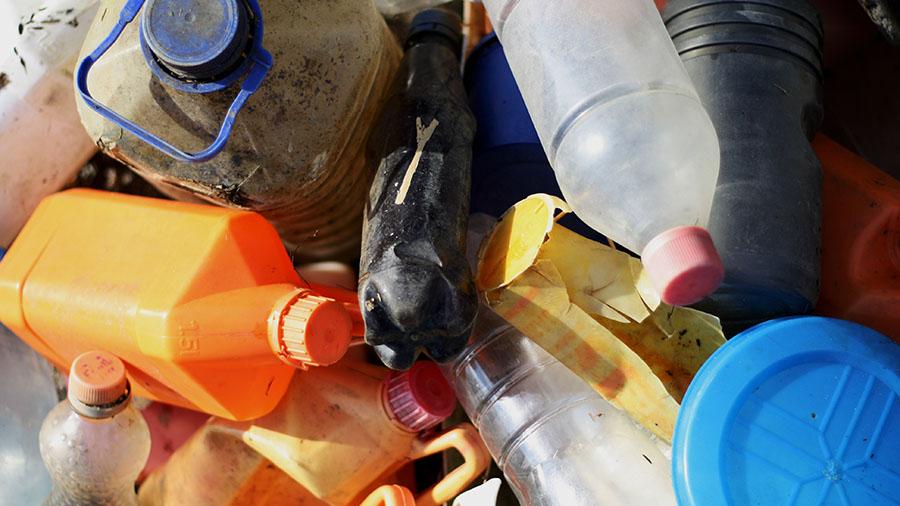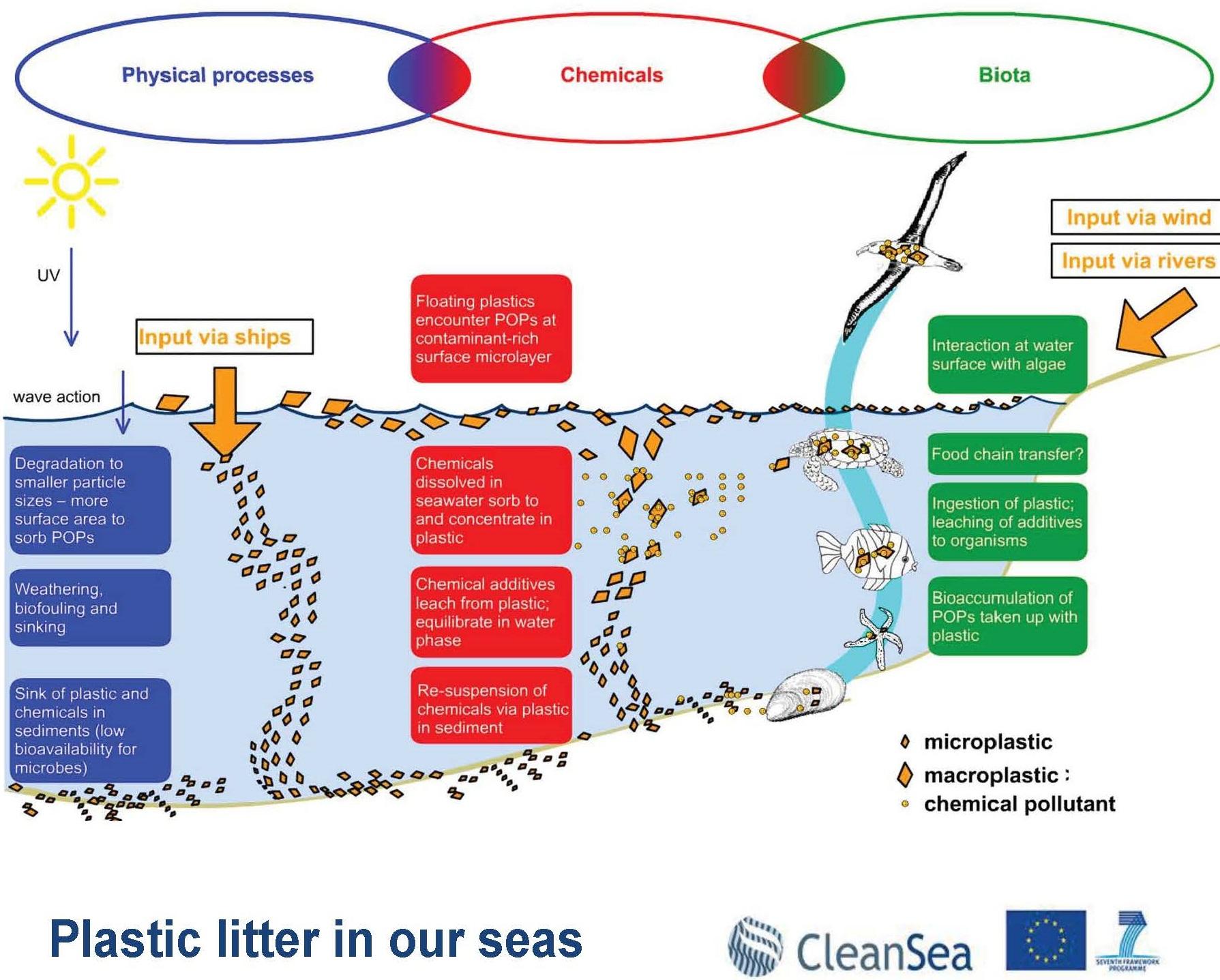Basic Facts
Consumer behaviour is considered as the most important reason for marine litter in the Baltic Sea, indicate recent studies (MARLIN Project, 2013, ARCADIS report, 2012).

- 48% of marine litter in the Baltic Sea originates from household‐related waste, including sanitary waste, while waste generated by recreational or tourism activities would add up to 33% (MARLIN Project, 2013).
- Different beach types from Estonia, Latvia, Finland and Sweden were monitored for two years (2012 and 2013) in spring, summer and autumn (7 urban beaches, 6 rural beaches and 10 peri-urban beaches). The amounts of litter collected ranged from 75,5 items/100m at rural beaches to 236,6 items/100m at urban beaches (MARLIN Project, 2013).
- It has been estimated that in the seabed of the Polish territorial sea and Polish exclusive economic zone there are 150 – 450 tons of lost netting, depending on the assumed number of shipwrecks (WWF Poland, 2011).
- The world annual plastic production has increased dramatically from 1.7 million tonnes in the 1950s to approximately 280 million tonnes in 2011 (PlasticsEurope, 2012).
- The estimated proportion of plastic among total global marine debris ranges from 60 to 80%, reaching 90 to 95% in some areas (Gregory & Ryan 1997).

Plastic litter in the seas. Source: CleanSea Project. Click to enlarge.
